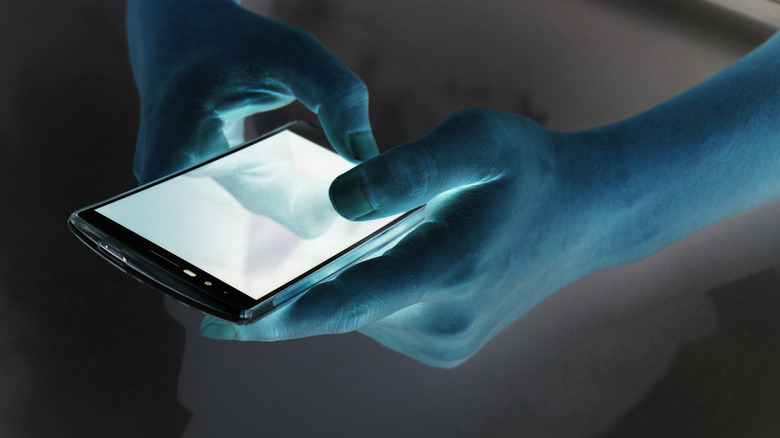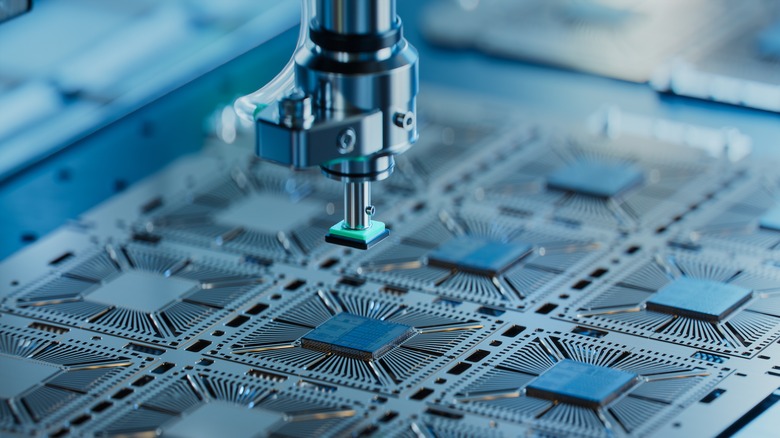This New Chip May Give Your Phone X-Ray Vision
Science fiction and fantasy have long spurred on the imagination of engineers and scientists, and it often seems like tech development is an effort to bring our reality closer to our favorite stories. While we associate the concept of X-ray vision with characters like Superman, a new imager chip could bring us close — not with out eyes, but with our phones.
Researchers from The University of Texas at Dallas and Seoul National University have developed technology that may be able to see inside packages and behind walls using a chip-enabled phone. It could potentially view the contents of packages and envelopes, find studs or wiring behind walls, and even detect cracks in pipes, in addition to various medical applications.
"This technology is like Superman's X-ray vision," Texas Analog Center of Excellence director Dr. Kenneth K. O told UT Dallas. "Of course, we use signals at 200 gigahertz to 400 gigahertz instead of X-rays, which can be harmful."
Initial challenges and privacy issues
The imaging technology was first demonstrated in a 2022 study, and the biggest challenge for researchers was shrinking the tech so it could fit inside a handheld device. It emits 300-GHz signals "in the millimeter-wave band of electromagnetic frequencies between microwave and infrared," according to UT Dallas. That range is considered safe for people, alleviating concerns of holding an X-Ray machine right next to your eye. It's similar to the technology used for those TSA body scanners where you place your hands above your head in airports.
As Seoul National University assistant professor Dr. Wooyeol Choi noted to UT Dallas, "We designed the chip without lenses or optics so that it could fit into a mobile device. The pixels, which create images by detecting signals reflected from a target object, have the shape of a 0.5-mm square, about the size of a grain of sand."
Of course, Superman never used his X-ray vision for evil, but there are numerous concerns that real people might, and researchers have designed the new chip to assuage privacy concerns. The tech currently only works at very close range — about one inch away from whatever it's pointing at — with the idea of discouraging any would-be robbers. But, as you might have predicted, that distance is expected to grow.

